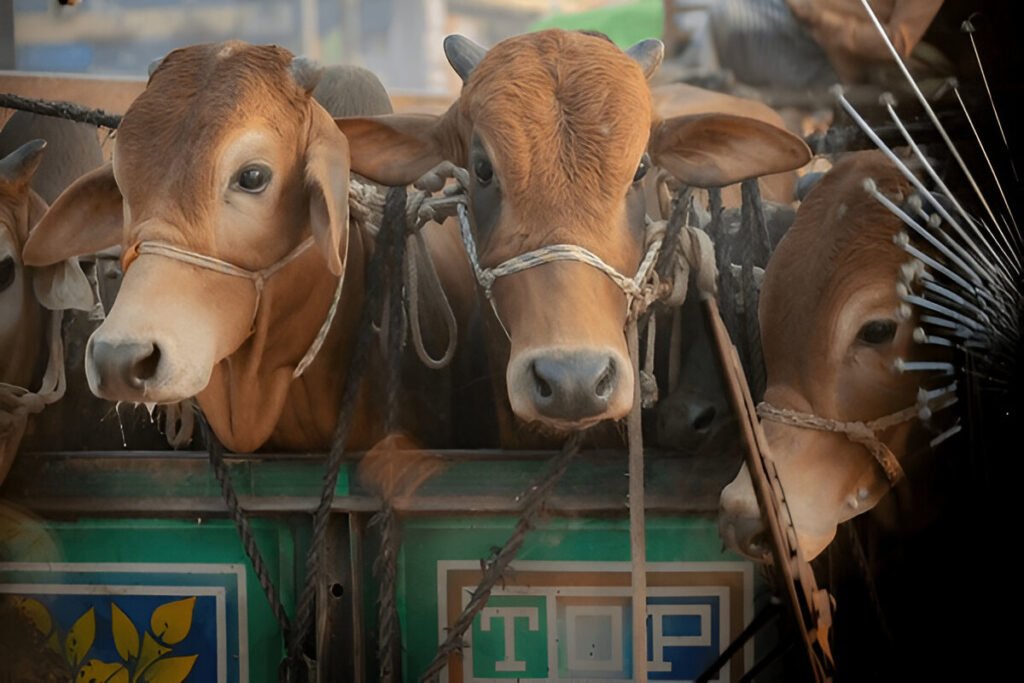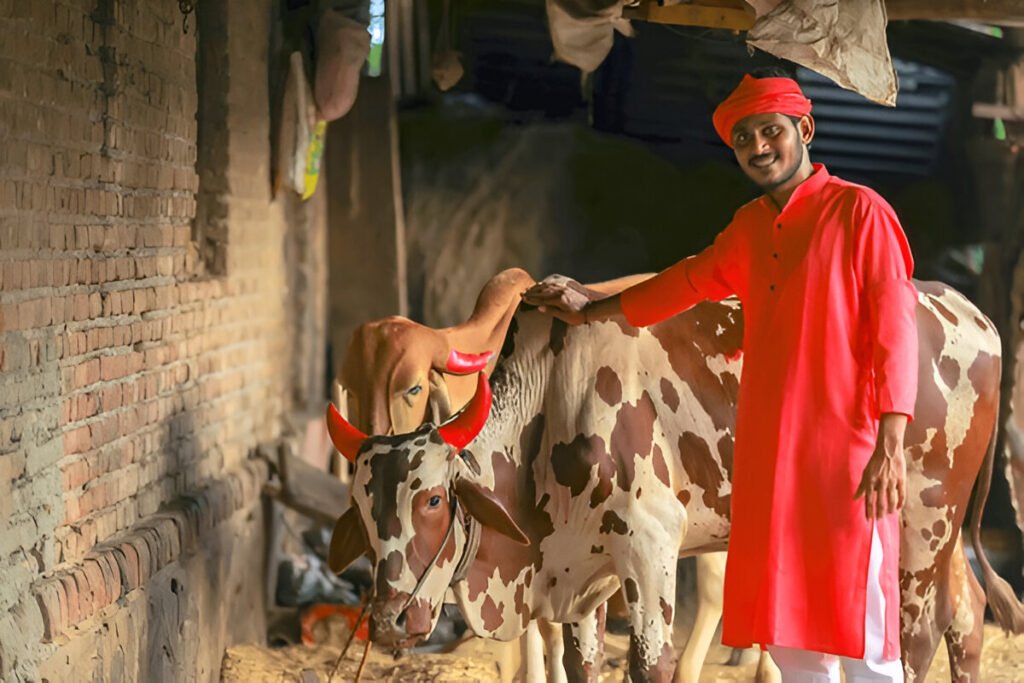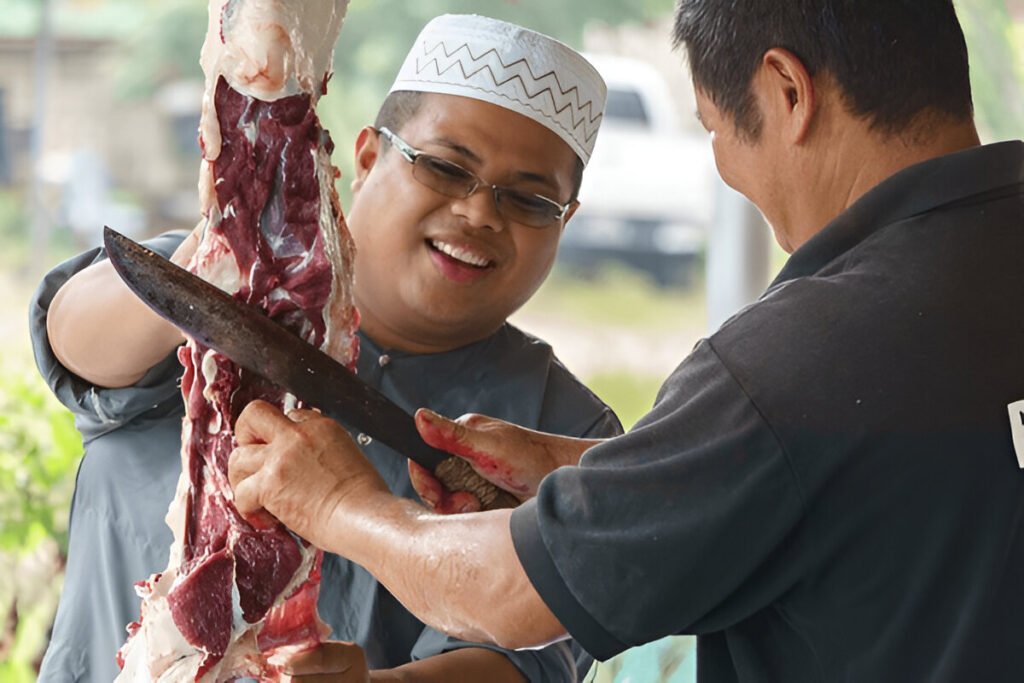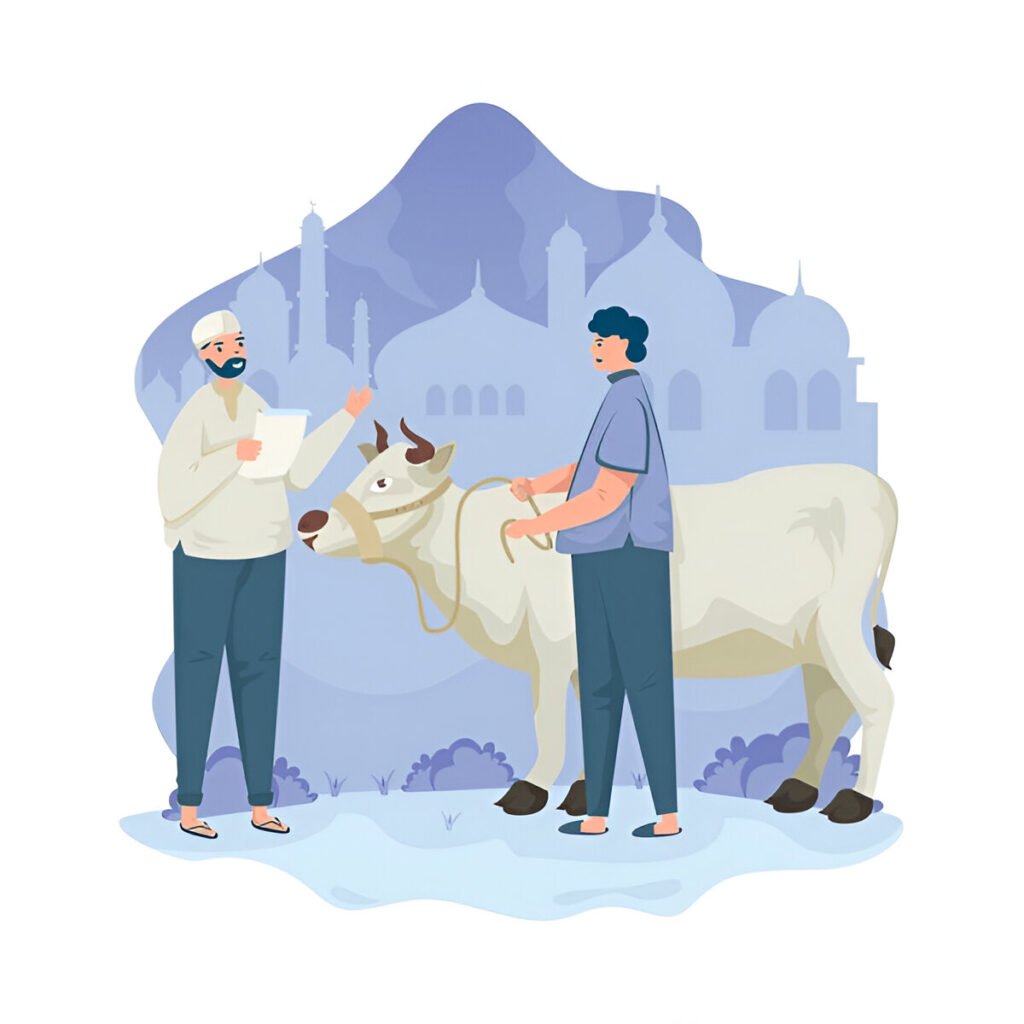
For decades, the porous 4,096 km border between India and Bangladesh has facilitated the movement of cattle, especially during Eid-ul-Adha. Historically, up to 2 million cattle were smuggled annually from India into Bangladesh, significantly impacting both nations’ economies.
One of the main reasons of this trade was due to religious restriction of cows to be slaughter. In Hinduism, which is followed by around 80% of India’s population, the cow is considered sacred and is associated with deities such as Lord Krishna (a cowherd) and Goddess Kamadhenu (the wish-fulfilling divine cow). The cow symbolizes non-violence, motherhood, and abundance. Due to this, Indian Hindu people do not allow Indian Muslims to slaughter cows in India. This led to the farmers to trade their cows of the boarder to Bangladesh and sell at a much lower price even lower than Bangladesh market price. This resulted in Bangladeshi farmers being deprived of the opportunity to sell their cows during Eid-Ul-Adha.
Over the last decade, India has aggressively cracked down on the illegal cattle trade along its border with Bangladesh — a trade once estimated to be worth over USD 1.5 billion annually. According to the Border Security Force (BSF) and several Indian media reports, the number of cattle smuggled into Bangladesh has dropped significantly — from an estimated 2.2 million in 2014 to around 500,000 by 2023, marking a reduction of nearly 75%.

This shift has been largely driven by the ideological stance of the ruling Bharatiya Janata Party (BJP), which upholds Hindu nationalist values. In Hinduism, cows are considered sacred and are widely revered as symbols of life and sustenance. Consequently, the BJP-led government has strengthened anti-smuggling operations and deployed advanced surveillance tools like drones and night vision cameras across sensitive border points in West Bengal, Assam, and Tripura, where most of the smuggling historically occurred.
Moreover, political rhetoric against cow slaughter has increased, with strict enforcement of state-level cow protection laws and penalties. Several Indian states now impose up to 10 years of imprisonment for cow slaughter or smuggling-related offenses. This has made the risk-to-reward ratio for smugglers untenable, sharply reducing their activities and altering the decades-old informal trade routes.
In response to India’s restrictions, Bangladesh has undertaken a significant transformation in its cattle industry. Government support, private investments, and grassroots livestock rearing have collectively enabled the country to meet — and even exceed — domestic demand during Eid-ul-Adha.
In 2025, the Ministry of Fisheries and Livestock reported the availability of 12.8 million sacrificial animals, well above the projected demand of 10.7 million. This surplus is a result of focused initiatives over the past five years, such as:

Growth of commercial cattle farms, which now number over 400,000 across the country.
As a result, Bangladesh has significantly reduced its dependency on imported or smuggled cattle. This has also had a multiplier effect on the local economy, creating employment across feed production, veterinary services, transportation, online cattle markets, and more.
However, the shift has also come with challenges. With more supply than demand, many smallholder farmers face losses due to unsold animals and falling prices. Nevertheless, the long-term benefits of livestock independence — including greater food security, price stability, and rural development — are being realized.
This transformation highlights a major economic pivot: from informal dependency to structured self-reliance — reshaping not just cattle trade, but also rural livelihoods and national resilience in both India and Bangladesh.
India’s crackdown on cattle smuggling — once estimated to be a $1.5 billion informal trade — has impacted revenue streams in bordering states and intensified cross-border tensions, particularly in West Bengal and Assam.
On the other side, Bangladesh’s Tk 100,000 crore Eid-ul-Adha economy has shown resilience and growth through domestic cattle farming. However, despite the national surplus, many small-scale farmers are facing losses due to price drops, oversupply, and the occasional influx of smuggled cattle that still escapes border control.
To support farmers and stabilize the market, the Bangladesh government has taken strong actions to block illegal imports, with the Fisheries and Livestock Minister vowing to enforce tighter controls during peak Qurbani season.
Looking forward, both nations could explore formal cattle trade agreements to balance religious sensitivities, economic interests, and rural livelihoods — replacing informal and illegal trade with regulated, traceable, and ethical systems.
